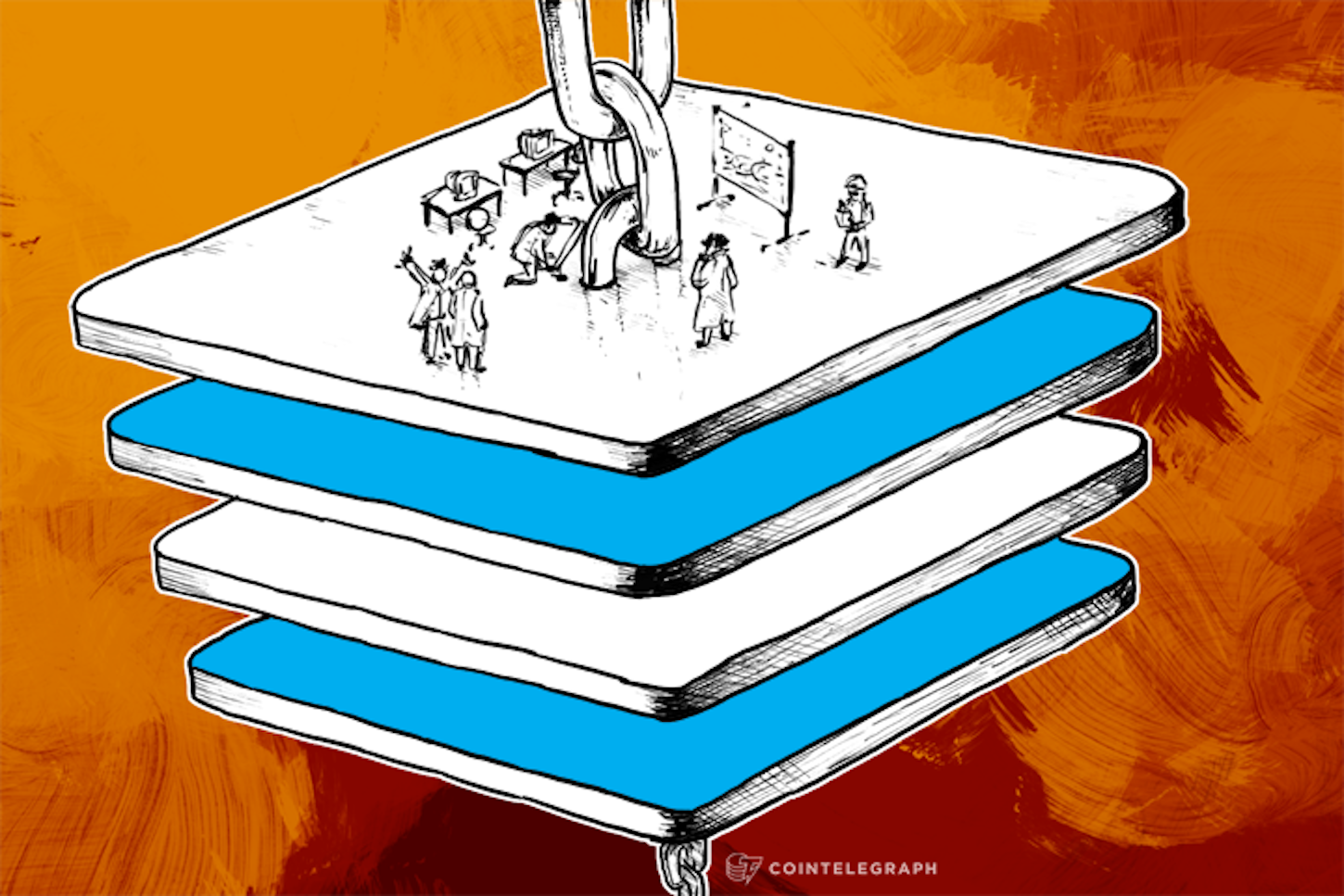But when the price began its swift rise in 2013, more and more people began getting involved and new business startups appeared. These expansions, though, will eventually require new, more developer-friendly, interfaces to allow more developers to get involved and extend their own work to the various blockchains.
Developers at Neuroware.io have launched a new effort that plans to do just that. The new project, called Blockstrap, which was announced at TechCrunch Disrupt in London last month by Neuroware, aims to accomplish just that by lowering the bar of entry for cryptocurrency application developers, allowing them to rapidly Bitcoin-enable their applications.
Few people outside the industry actually think about the blockchain and its potential for widespread applications, and to Adam Gile, CEO of Neuroware, this is a problem that needs to be corrected:
“Blockchain technologies and the advent of programmable money offer huge potential to revolutionize not just the financial services, but many sectors of the economy and society as a whole. We've seen firsthand that building on top of the blockchain is still too complex and time consuming for the majority of developers. By releasing the Blockstrap framework and API, we've lowered that technical barrier and empowered the next generation of cryptocurrency developers and startups to get creative on the blockchain.
Blockstrap uses an HTML5 framework with an integrated API that already supports Bitcoin, Litecoin and Dogecoin and their corresponding testnets. The company plans to add Blockchain 2.0 support, with an accompanying wallet that supports metastorage within a few months.
They do make it clear that Blockstrap is not a simple API. Instead, it is defined as a stack that uses an HTML5 framework to communicate with other APIs. The project is now in open public beta and comes with a jQuery plugin and full suite of JSON-driven, frontend HTML components. The package allows developers to conduct URL routing, browser-based data caching and dynamic templating for all six blockchains, while using only the core components for framework forms, with a deterministic HTML5 wallet. It also allows developers to create new web applications by extending the core through hooks and filters in much the same way that WordPress is used by current web developers.
The Blockstrap team is promising regular updates and improvements over time and they will also be releasing example applications for developers to draw ideas from. The framework can now be downloaded for free, and new projects ranging from free to anonymous are on the burner. The team also plans to release more dedicated enterprise-level services as well.


